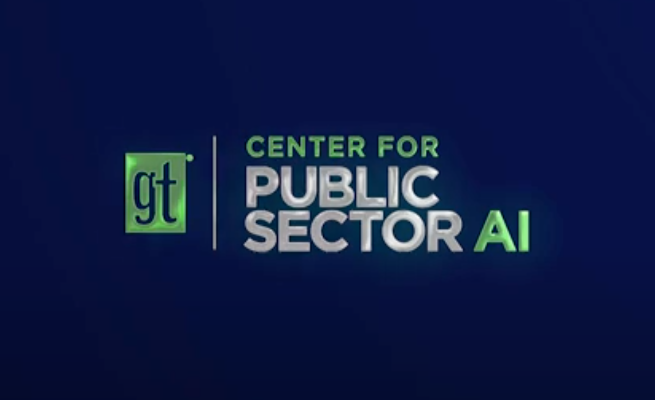
Articles
Recent Sustainability Trends Show No Sign of Slowing
Current sustainability trends continue to increase momentum due to their practicality.
Current sustainability trends continue to increase momentum due to their practicality.
Sustainability is constantly evolving as information and technology improves.
For instance, the big problem with air conditioners used to be the CFC refrigerants they used, which were destroying the ozone layer. Those were phased out and replaced with HFCs. And while HFCs still have their own problems, the biggest issue with A/C is the amount of energy it uses, which puts pressure on the grid and forces the burning of more coal and natural gas to keep up — ironically warming the planet further.
This doesn’t mean that other ways of being sustainable — like using recycled or upcycled materials in manufacturing, or tackling the remaining issues with refrigerants —isn’t important or a way of promoting sustainability, but rather that energy consumption is a higher priority.
It means that there are trends in sustainability efforts and thinking.
Environmental Social Governance
The big trend in sustainability over the past few years has been ESG, or Environmental Social Governance.
Neither technology nor planning, ESG is an investment philosophy that encourages shareholders to advocate for companies to adopt measures that make them more environmentally friendly, socially responsible, and responsive to workers and consumers.
However, ESG initiatives are often based on the idea that investors are willing to buy stock in companies that leave potential profits on the table, which has often not been the case.
Regardless, ESG remains popular and the measures are encouraging companies to explore ways to fulfill those goals while maximizing returns.
Electric Vehicles
Globally, and in the United States, especially, one of the biggest sustainability trends is electric vehicles.
In addition to startups like Tesla, Rivian and Lucid, existing automakers like Ford and GM are producing electric vehicles.
Part of the Inflation Reduction Act includes money to help local public transit agencies purchase electric buses and public pressure recently forced the United States Post Office to replace its aging mail truck fleet with electric vehicles.
Many states offer incentives to people purchasing an electric car. So many electric vehicles are planned that the global production of lithium for rechargeable batteries may lag behind demand until 2050.
Electrification beyond EVs
Electrification in general is a a big sustainability trend.
States are passing laws to incentivize transitioning away from using fossil fuels for heating and cooking, while several cities are banning fossil fuels in new buildings.
Buildings account for about 28 percent of greenhouse gas emissions, according to RMI, and, in homes, replacing gas stoves and ovens with electric ones can improve air quality immensely, cutting down on asthma and other issues in children and adults.
In addition to stoves and ovens, all electric homes use heat pumps for cooling and heating, contain electric vehicle charge points and use high quality insulation to save energy on heating.
Separate incentive programs promote rooftop solar.
While home builders are willing to build all-electric to receive tax credits or rebates and homeowners respond to incentives, one problem for cities is that landlords have few incentives to upgrade their buildings and the country’s reluctance to build new multifamily housing mean that renters are stuck with high energy costs and inefficient, polluting heating, and cooling methods.
Another problem with electrification is that the grid can be less than reliable in some places.
In the Great 1998 Ice Storm, for example, around four million people were left without electricity for days as transmission towers and utility poles collapsed under the weight of the ice. The ability to light gas stoves with matches and use wood burning stoves for heat was critical to many people’s survival.
Power loss due to a flood can also coincide with boil-water orders, which an electric stove would be unable to cope with. Rooftop solar can help keep the power on in some cases, but extreme weather events can damage solar panels.
As more buildings electrify, this issue will need to be dealt with, possibly by burying power lines in underground utility corridors.
Compounding sustainability
The beauty of many sustainability trends is that they lead into each other.
ESG initiatives can spur investments in more environmentally friendly technologies and supply chains.
The reshaping of electrical infrastructure to support EV charging can make it easier and cheaper to retrofit homes and businesses.
Energy storage technology developed to improve electric car ranges can be used to make electric homes more resilient, while batteries developed for home use may lead to improvements for vehicles.
New trends may arise, but these aforementioned trends have real staying power due to their interplay and practicality.
Learn more about how Urban SDK can help your organization make informed decisions using critical data. Contact our team here.

NEWS
Recent Announcements
See how public sector leaders succeed with Urban SDK.

Company News
Urban SDK Joins Government Technology’s AI Council to Help Shape the Future of AI in the Public Sector
We’re proud to announce that Urban SDK has officially joined the AI Council, part of Government Technology’s Center for Public Sector AI

Company News
Collision Index: Proactive Traffic Safety Powered by AI
Communities now have another layer of road safety thanks to Urban SDK’s Collision Index

Customer Stories
University of Florida Transportation Institute Partners with Urban SDK to Expand I-STREET Program
Urban SDK and the University of Florida have partnered to expand the university's I-STREET Program
WEBINAR
Identify speeding and proactively enforce issues
See just how quick and easy it is to identify speeding, address complaints, and deploy officers.
